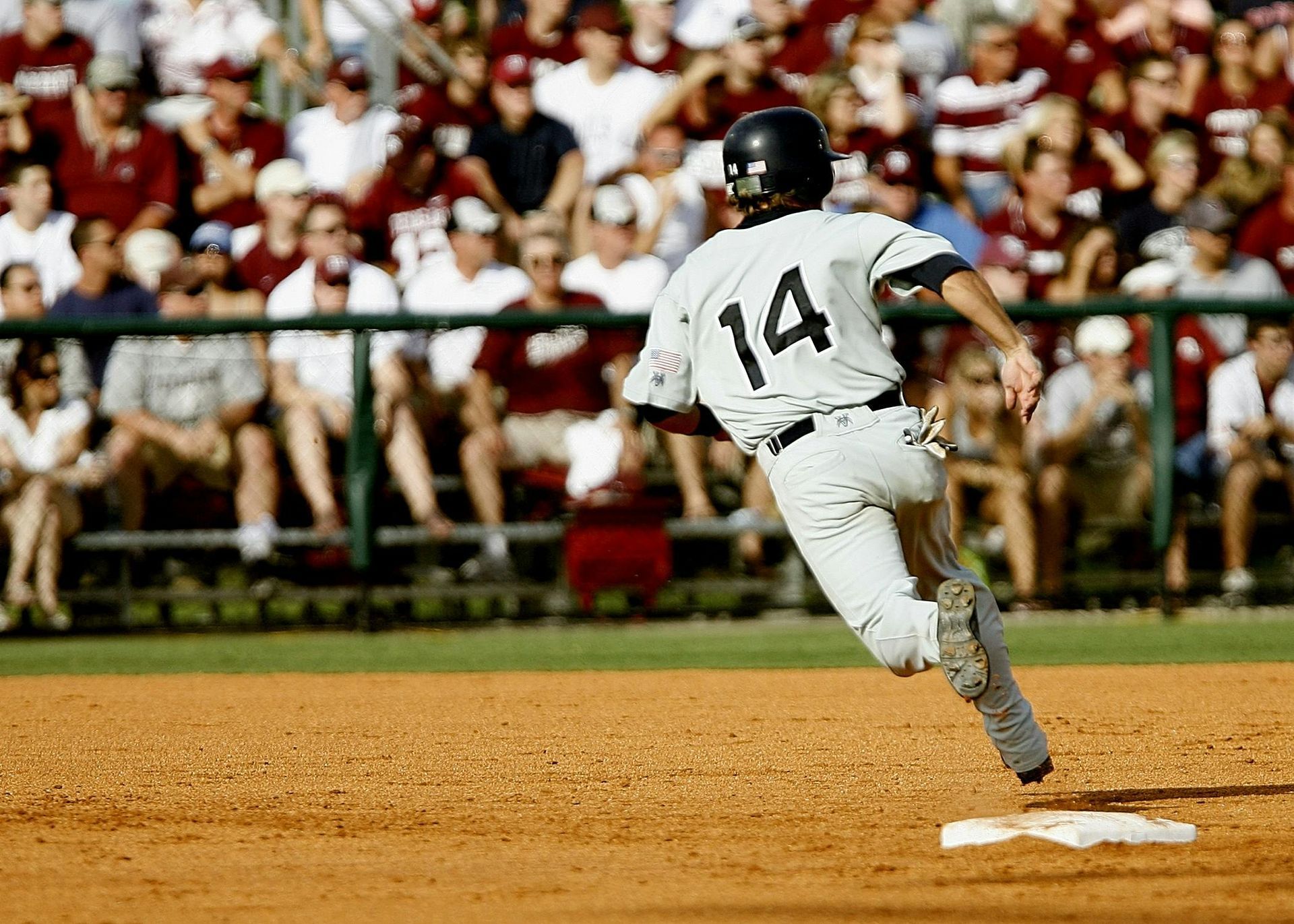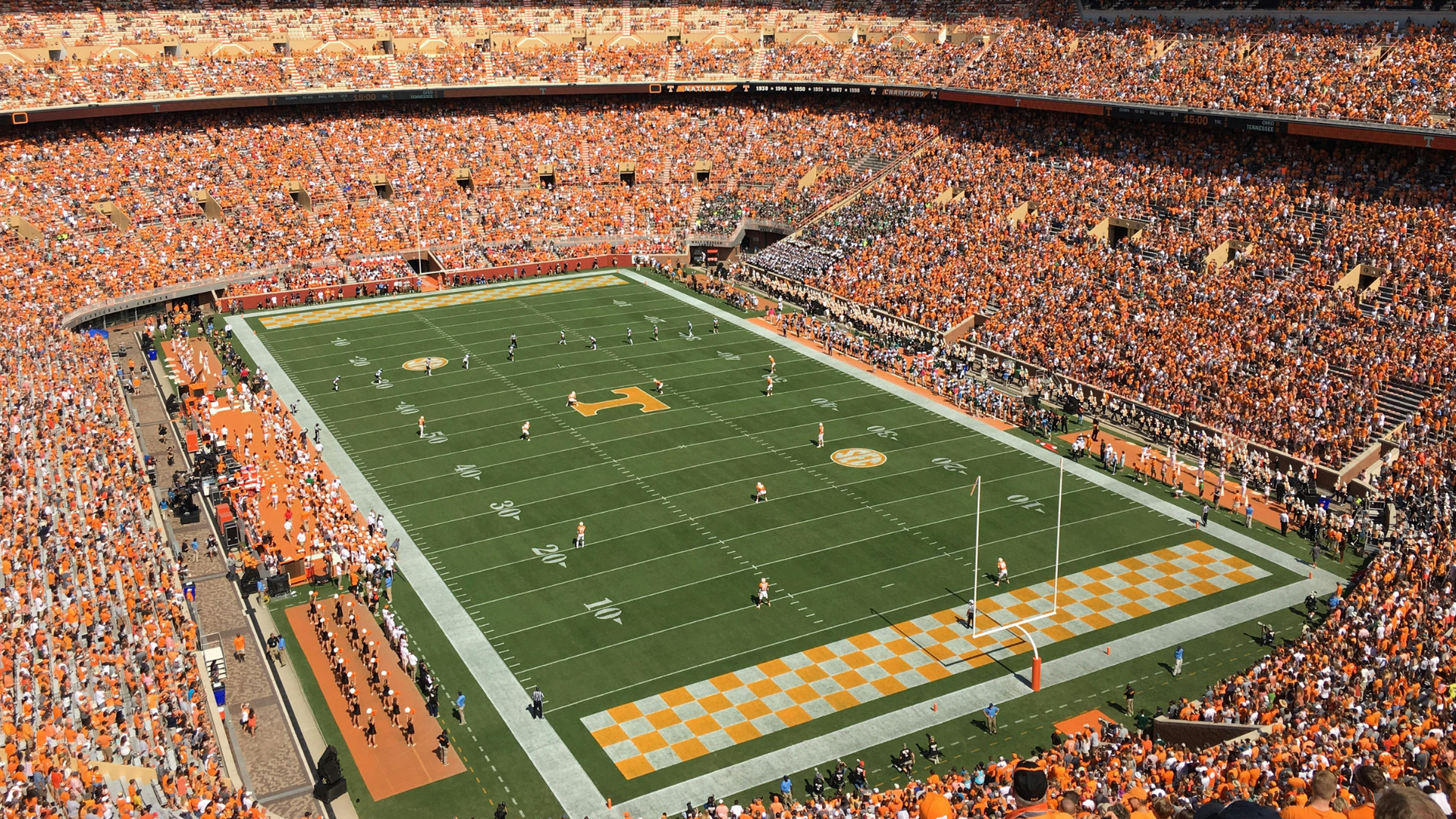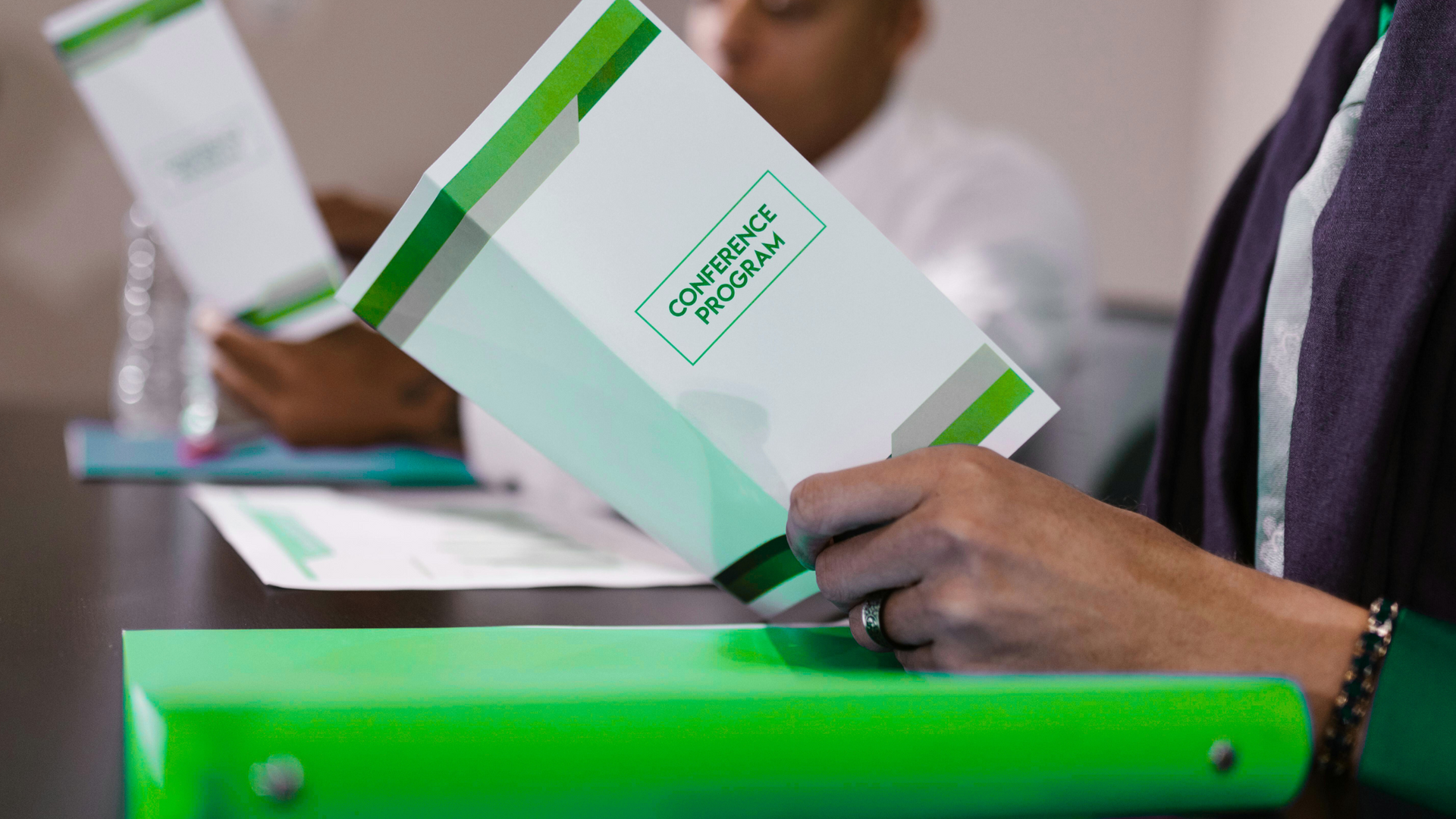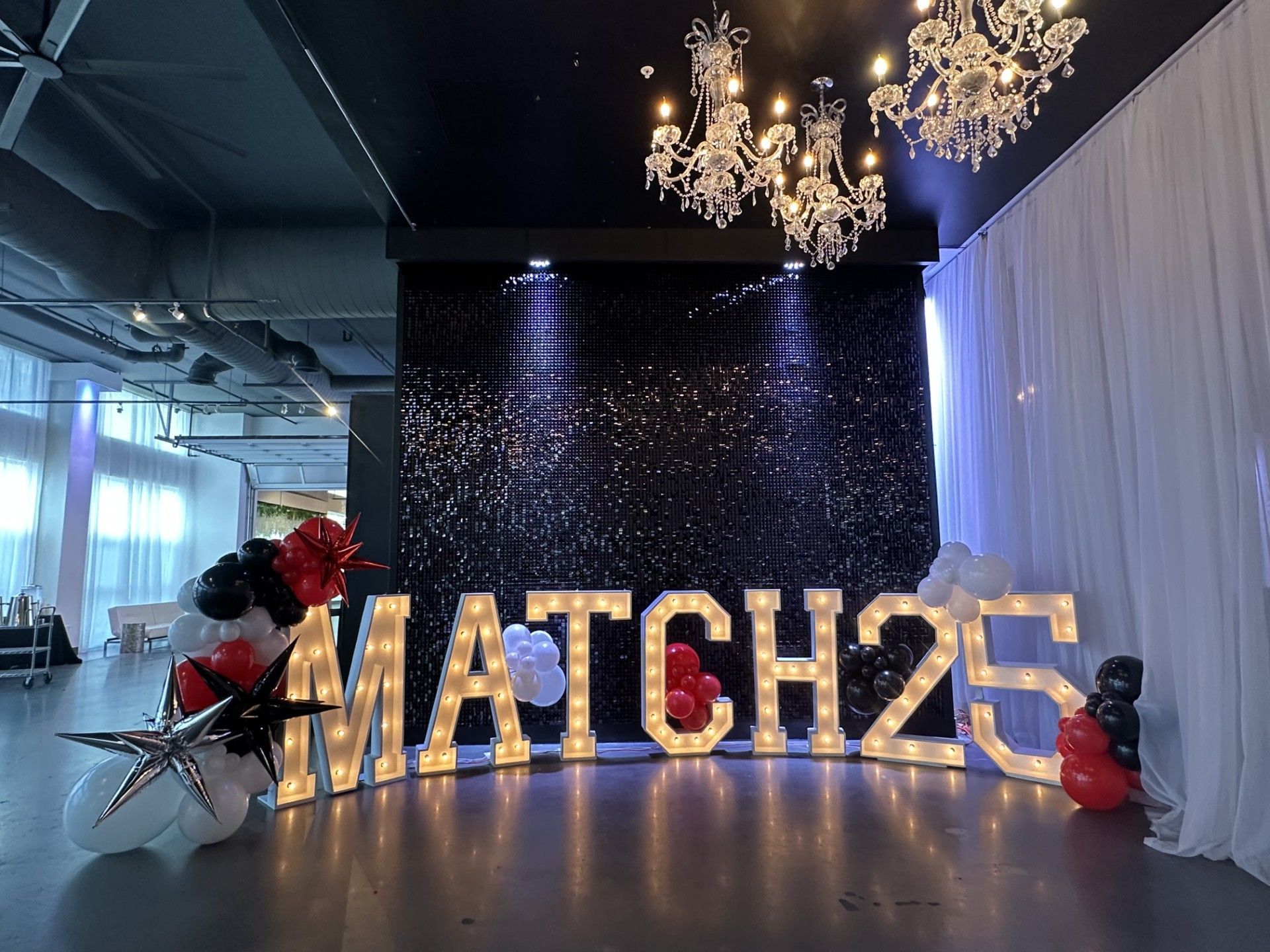How to Overcome Dwindling Attendance and Make Games Must-See Events
College sports programs have long been a source of pride for students, alumni, and surrounding communities. Yet in recent years, declining attendance at many institutions has become a pressing concern. The issue affects not only ticket revenue but also the vibrancy and culture of campus life. For colleges with limited budgets, competing interests, and a constantly shifting student body, designing an effective strategy to increase attendance and make sporting events “can’t-miss” experiences can feel like a daunting task.
The stakes are high: beyond financial implications, attendance at athletic events boosts school spirit and helps cultivate a close-knit community. With the right combination of marketing tactics, strategic scheduling, and immersive fan experiences, college athletic departments can reverse the trend of dwindling crowds. Below are approaches and best practices that can help bring the energy back to campus sports, ensuring every game feels like a major event.
Understanding the Root Causes of Dwindling Attendance
Competition for Student Attention
One of the most significant challenges is the sheer number of activities, both academic and social, competing for students’ time and interest. Class assignments, exams, work obligations, and other extracurricular clubs often leave many with limited free time and energy to attend live sporting events. Additionally, technology offers students instant access to streamed content, social media updates, and on-demand entertainment, making it easy to remain disengaged from on-campus activities.
Perceived Value of the Game Experience
Students (and local fans) may weigh the effort required to attend a game—walking across campus or driving to a stadium, buying a ticket, sitting through sometimes cold or rainy weather—against staying in the comfort of their dorm room or living space. If the game-day experience isn’t perceived as being worth the investment of time and money, even passionate sports fans may opt to stay home. Factors such as ticket prices, concession costs, and the overall entertainment level of the event all contribute to the perceived value.
Marketing and Promotion Gaps
Even if the athletic department organizes innovative events, lackluster promotion can lead to empty seats. Many athletic programs still rely on traditional announcements or sporadic social media posts without tying these efforts together into a cohesive marketing plan. If the value of attending games isn’t effectively communicated, students may remain unaware of special events, promotions, or even the basic schedule of their teams. Misaligned or inconsistent branding across campus—where some students barely know when or where a game will be held—leads to lost opportunities for fan engagement.
Strategic Marketing and Engagement Tactics
Targeted Promotions on Campus
For college students, marketing strategies must be succinct, visually appealing, and well-timed. This might involve partnering with campus clubs, Greek life, or student government to create themed events around big games. For instance, a “Blackout Night” or “Whiteout Night” can involve the entire student body dressing in a certain color to amplify the atmosphere in the stadium. Placing colorful flyers in high-traffic areas—like dorm lobbies, dining halls, and libraries—ensures visibility. Meanwhile, short, engaging announcements in classes or campus newsletters help build awareness.
Digital and Social Media Outreach
Effective social media campaigns harness platforms that resonate with students, such as Instagram, TikTok, and Snapchat. Consider fun challenges in collaboration with athletes or well-known campus influencers. The athletics department could host a TikTok contest asking students to create hype videos leading up to a game, with winners receiving free tickets or game-day merchandise. Daily countdowns or dynamic updates on team practices also help maintain steady engagement. Engaging digital content, such as behind-the-scenes videos, player interviews, and highlight reels, keeps the conversation going year-round.
Alumni and Local Community Involvement
While students are the primary audience, a robust fan base also depends on alumni and community members. Colleges can tap into alumni networks by promoting reunion events tied to big games, offering group discounts or special seating for returning graduates. Local businesses might sponsor tailgates or throw post-game gatherings, further weaving the program into the broader community fabric. Hosting youth clinics or meet-and-greet events can inspire the next generation of fans, ensuring that local families feel welcomed and encouraged to attend on a regular basis.
Enhancing the Game-Day Atmosphere
Pre-Game and In-Game Entertainment
Before the game even starts, a festive environment can make the event stand out. Pre-game tailgates with live music, student-organized barbecues, and photo booths create a sense of excitement. Inside the stadium, keeping the energy high from start to finish is key. Performances by cheer squads, dance teams, or the marching band offer continuous entertainment, turning breaks in play into mini-shows. Creative halftime or between-quarter activities, such as contests or special recognitions, keep fans engaged during lull periods.
Concession and Merchandising Innovations
One reason many fans avoid live games is the perceived high cost of food and beverages. Offering affordable, student-friendly concession deals—like discounted combo meals or free refill options—can encourage attendance. Collaborations with local restaurants or popular campus eateries could add novelty to the menu. Merchandise also plays a big role in creating a unified crowd. Limited-edition T-shirts, hoodies, or caps tied to specific matches or rivalry games can entice students to not only attend but also to show their support visually in the stands.
Fan Engagement Techniques
Actively involving fans goes a long way toward making games feel like must-see events. Enabling smartphone-based interactions—like in-app voting for the “player of the game,” real-time polls, or even silly, lighthearted challenges during timeouts—keeps the crowd interested. Setting up designated student sections with choreographed chants or hand signals can make everyone feel part of something big. After the game, meet-and-greet opportunities with players or autograph sessions can be especially rewarding, helping students forge personal connections to the athletes they cheer for.
Pricing, Ticketing, and Accessibility
Creative Pricing Structures
To counter the budget constraints many students face, consider introducing flexible ticket packages, discounted group rates, or buy-one-get-one deals for early registrants. For instance, a student could purchase a “sports season pass” that provides entry to multiple games across different sports at a flat rate, with added perks like complimentary concession vouchers or priority seating. In the same vein, reward systems that encourage repeated attendance—such as loyalty points redeemable for team gear or exclusive VIP experiences—inject an element of gamification into attending.
Making Tickets Easily Accessible
One aspect often overlooked is the convenience factor. Streamlining the ticket-buying process through mobile apps or integrating ticket access into student ID cards simplifies entry. The athletic department website should be user-friendly, with clear calls to action and minimal navigation steps. Utilizing QR codes or NFC (Near Field Communication) technology to enter the stadium cuts down on long lines and promotes a seamless experience. Easy-to-use digital platforms also help in analyzing attendance data and adjusting marketing tactics accordingly.
Coordination with Academic Schedules
Games placed on weekday evenings during midterm week, for example, risk clashing with exam preparation or major assignments. By collaborating with academic departments to identify less demanding periods, colleges can schedule games at times when students are more likely to be free. Encouraging faculty to remind students about upcoming big games—especially if there’s a direct connection to a relevant course—also fosters a feeling that the college values holistic student life. In a best-case scenario, some professors might consider small incentives or extra credit tied to attendance at select games (if it aligns with course objectives and campus policies).
Building Lasting Connections and School Spirit
Student-Athlete Engagement
When student-athletes themselves take the initiative to connect with the broader campus, it fosters a special bond. Visits to freshman orientation sessions or short appearances in lecture halls can help humanize players in the eyes of their peers. Highlighting athlete stories through campus media outlets—covering their day-to-day experiences, community service work, or unique training regimens—can generate empathy and support. The more students feel they personally know the athletes, the more likely they are to show up and root for them.
Integration with Campus Culture
Sports events can be leveraged to showcase other facets of college life. Collaborations with cultural clubs or art departments could mean joint halftime performances or celebratory events during culturally significant months. For instance, during Hispanic Heritage Month, the athletics department might collaborate with Latinx student groups to plan musical performances, food stalls, and artwork displays before kickoff. By blending diverse campus interests into game day, the athletic event becomes an inclusive, enriching experience that resonates with a broader segment of the student body.
Long-Term Alumni & Community Bonds
Community engagement should be more than just an occasional outreach event. Colleges can cultivate ties with local youth leagues, offering facilities for tournaments or special practice sessions. Regularly scheduling “Community Nights,” where local families receive discounted tickets or are invited onto the field for a brief ceremony, can nurture future generations of fans. Meanwhile, maintaining ongoing dialogue with alumni—through newsletters, special merchandise offers, or targeted fundraising drives—ensures they remain emotionally invested in the program, even if they’ve long since graduated.
Measuring Success and Continuous Improvement
Tracking Attendance and Revenue
A data-driven approach can bring clarity to efforts aimed at growing fan turnout. Tracking ticket sales through a digital portal enables athletic departments to see exactly which promotions work best. Identifying peaks and troughs—such as mid-semester rivalry games versus late-season matchups—guides scheduling and marketing decisions. Similarly, concessions and merchandise revenue can highlight whether new deals or featured items are enticing fans.
Feedback Mechanisms
Gathering input directly from students and other supporters can help fine-tune strategies. Post-game surveys administered online or via text prompts enable departments to learn if fans enjoyed a particular halftime show, found the ticketing process cumbersome, or wanted more variety in concessions. Social media polls can also serve as a quick barometer of what fans expect for future games. Publicizing changes made in response to feedback validates fans’ opinions, creating an ongoing dialogue that sustains interest.
Adapting Strategies Over Time
As cultural and technological trends shift, so too must the marketing and engagement tactics of college athletic departments. Freshman classes arrive every year with different tastes and social habits, meaning what worked five years ago may not work today. Incremental improvements driven by experimentation—like trying a new halftime event format or launching a short-lived digital media campaign—can keep the game-day experience dynamic and relevant. By staying open to new ideas, athletic departments can ensure that attendance grows and remains strong in the long run.
Enhancing Game-Day Atmosphere with Omaha Balloon
A vibrant game-day atmosphere goes beyond the action on the field—eye-catching visuals can make all the difference.
Omaha Balloon helps elevate college sports events with stunning balloon arches, team-colored installations, and interactive décor that energize fans and create perfect social media moments. Adding these dynamic elements transforms stadiums into must-see destinations, making every game an unforgettable experience.
FAQ
How do I increase fan engagement at sporting events?
Boosting fan engagement requires a mix of interactive experiences, strong social media presence, and an electrifying game-day atmosphere. Strategies like in-game contests, student sections with coordinated cheers, social media challenges, and fan-friendly events (meet-and-greets, halftime entertainment) keep attendees invested before, during, and after the game.
How do I get more fans to attend my sporting event?
Increasing attendance involves targeted marketing, creative promotions, and a high-energy game-day experience. Offering student discounts, themed game nights, alumni reunions, and engaging pre-game festivities—along with strong social media outreach—can make events feel like can’t-miss experiences.
Is college football attendance declining?
Yes, college football attendance has seen a decline in recent years due to factors like increased streaming options, changing student priorities, and competition from other entertainment sources. However, schools that invest in fan engagement, immersive game-day experiences, and strong marketing strategies continue to draw large crowds.
What makes a successful sporting event?
A successful sporting event goes beyond the game itself—it offers an engaging atmosphere, seamless organization, and memorable fan experiences. Key factors include effective promotion, strong community involvement, exciting in-game entertainment, and smooth logistics that ensure fans enjoy every moment from arrival to departure.










